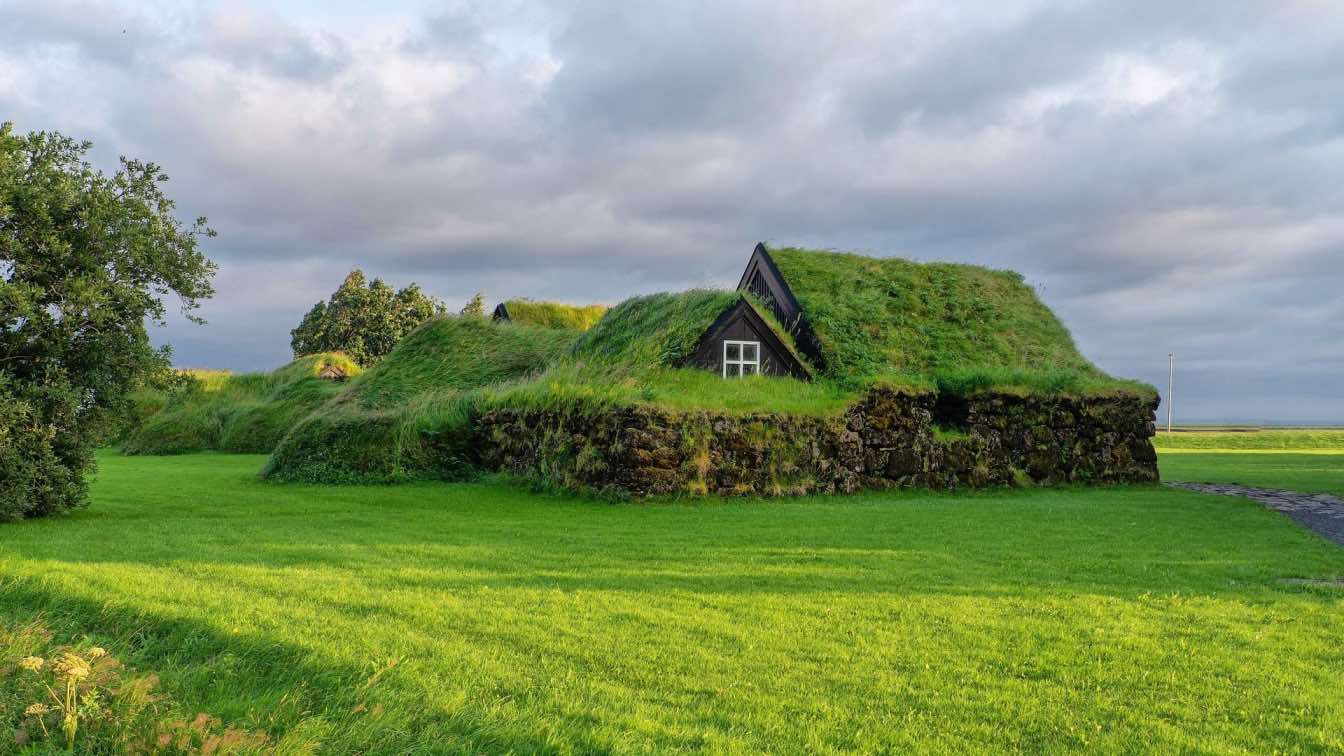Sustainable urban architecture integrates eco-friendly materials, energy-efficient designs, and green spaces to reduce carbon footprints. For residents, this means healthier living environments through improved air quality and natural light.
Also, energy-efficient designs reduce utility costs, making homes more affordable. Green spaces enhance mental well-being and foster community interaction and physical activities outdoors.
Designing sustainable buildings is also crucial for future resilience against climate change. So, everyone will benefit from this shift.
Still, before we get to the benefits, we have to learn how to integrate sustainable practices in already convoluted urban architectures. And this is what we’re going to focus on today.
The Role of Urban Planning in Reducing Carbon Footprint
Urban planning is crucial for minimizing the carbon footprint of cities. Effective city design reduces energy consumption and enhances livability.
Consider transportation infrastructure. It's like a city's circulatory system, moving people efficiently without unnecessary emissions. Cities with well-planned public transit systems encourage residents to rely less on cars, reducing pollution.
Let’s take the example of Copenhagen, one of the most sustainable cities in the world. The city has an extensive cycling infrastructure, which reduces reliance on cars and lowers emissions. Also, most of Copenhagen's energy comes from wind turbines.
To top it off, they have a smart waste management system that supports the circular use of products.
Green spaces also play a significant role in making cities more livable and pleasant. Parks and urban forests act as the lungs of a city, absorbing CO2 and providing fresh air for inhabitants. This is why cities like Singapore, Amsterdam, and Copenhagen are so sought-after. Their urban planning is designed around greenery and not the other way around.
Practical Ways to Implement Green Techniques in Cities
Buildings, roads, parks, and water features are universally available in any city. So, the best way to turn a city green is to start with what you have.
For instance, large buildings, like corporate offices, skyscrapers, shopping malls, and so on, have enough space to install solar panels or wind turbines on the roof (or other surfaces). Solar windows may soon become mainstream, which means we could turn glass buildings into huge energy generators.
These renewable energy sources significantly reduce dependency on non-renewable resources, cutting utility costs.
Also, builders can rely more on recycled or locally sourced materials to lessen the environmental impact of construction.
On the other hand, promoting water-saving fixtures like low-flow toilets and rainwater harvesting systems teaches residents how to conserve a vital resource. This not only lowers consumption but also reduces strain on municipal supplies.
These strategies make buildings and spaces greener by enhancing their efficiency, sustainability, and overall environmental impact without compromising functionality or comfort.
Challenges and Solutions for Eco-friendly Architecture
A significant challenge in integrating more eco-friendly practices into urban settings is a lack of proper education on sustainability and climate change. Many architects and city planners haven't received comprehensive training in these areas, which impacts their ability to design sustainable structures.
This is why additional specializations are essential. Programs such as an Associate’s Degree in environmental science can provide foundational knowledge for integrating green practices into urban development.
Another challenge comes from higher initial costs for eco-friendly materials. This can deter investments if developers focus solely on short-term budgets rather than considering the long-term benefits and savings.
The solution here is to highlight the long-term benefits, such as savings through reduced energy consumption and maintenance costs.
Furthermore, existing regulations may not support innovative, sustainable designs because they don’t fit the old way of doing things. This tends to happen in traditional societies that prioritize conventional methods and resist change due to cultural or bureaucratic inertia.
It will take some time, but the only solution in this case is through policymakers. Collaborate with those in charge and find ways to update the rules, making sustainable buildings and urban solutions more attractive for future generations.
Wrap Up
To create a greener urban future, prioritize sustainable materials, energy-efficient systems, and innovative designs. Also, it helps to invest in alternative education systems for architects and urban planners through specialized programs that promote sustainable living.
Implementing these practices may be a bit more expensive and cumbersome, but long-term benefits are worth the investment. It’s also worth advocating for regulatory changes that support new approaches.
By taking these practical steps, cities can become more sustainable and resilient while improving the quality of life for residents and reducing their carbon footprint.





